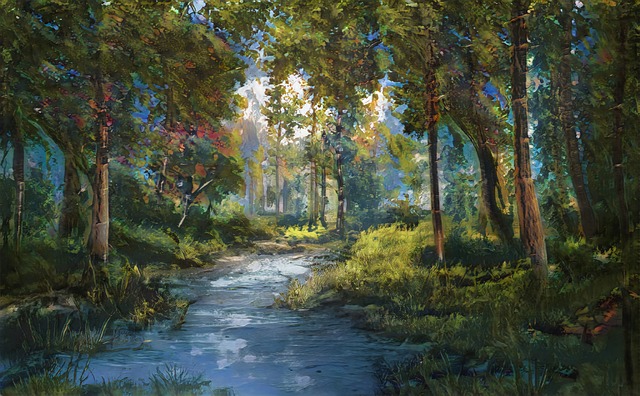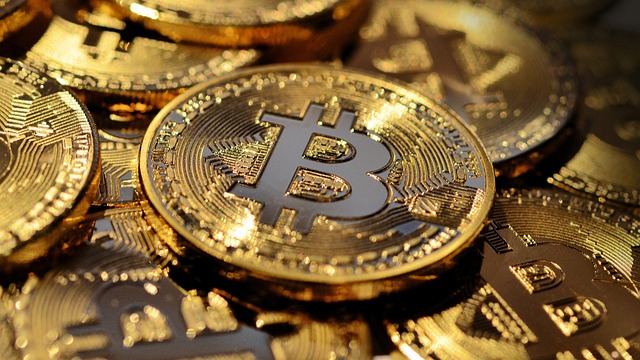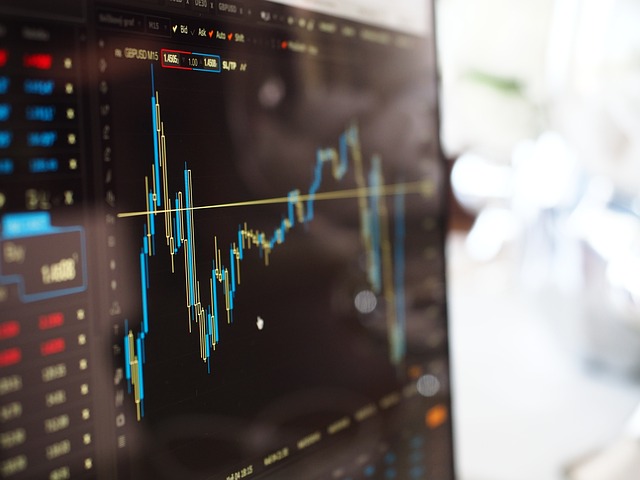NFT Innovations and Their Impact on Art
The world of art has undergone a significant transformation with the advent of NFTs (Non-Fungible Tokens). These digital assets have opened up new avenues for artists to showcase their work, connect with audiences, and monetize their creations in innovative ways. In this article, we will delve into the realm of NFT innovations and explore their impact on the art world.
NFTs are unique digital tokens that can be bought, sold, and traded like any other asset. They are stored on a blockchain, which ensures their scarcity, authenticity, and ownership. The rise of NFTs has sparked a new era in art, allowing artists to create, distribute, and monetize digital content in ways previously unimaginable.
One of the key innovations surrounding NFTs is their ability to enable artists to create unique, verifiable, and tradable digital assets. This has opened up new opportunities for artists to showcase their work online, connect with fans, and build a community around their art. For example, the digital artist Beeple sold his collection of 5,000 images for $69 million in March 2021, highlighting the potential for NFTs to disrupt traditional art market dynamics.
Another significant innovation surrounding NFTs is their use in virtual worlds and online communities. Platforms like Roblox and Decentraland have enabled artists to create immersive experiences that blend physical and digital realities. This has allowed artists to push the boundaries of what is possible with digital art, creating interactive, dynamic, and often provocative works that challenge traditional notions of art.
The rise of NFTs has also sparked a new wave of interest in digital art itself. As digital technologies continue to advance, the distinction between physical and digital art is becoming increasingly blurred. This raises important questions about the nature of creativity, authorship, and ownership in the age of digital art.
As we explore the impact of NFT innovations on art, it’s essential to consider the broader implications for the art world. How will the rise of NFTs affect traditional galleries, museums, and dealers? How will they adapt to a new landscape where digital assets are increasingly valued alongside physical ones?
To address these questions, we need to examine the current state of blockchain technology in supply chain management, which has already shown its potential in ensuring the authenticity and provenance of NFTs. By leveraging blockchain technology, artists can create verifiable records of their work’s ownership and history, adding a new layer of value and meaning to their creations.
The rise of Decentralized Finance (DeFi) has also played a significant role in democratizing access to the art market. Platforms like SuperRare and Rarible have enabled artists to create and sell NFTs without intermediaries, cutting out traditional galleries and dealers. This shift towards decentralization has opened up new opportunities for emerging artists to gain recognition and build their own audiences.
As we move forward, it’s crucial to consider the regulatory landscape surrounding NFTs. Governments and institutions are beginning to take notice of the art world’s increasing reliance on digital assets, sparking debates about ownership, copyright, and tax implications.
In conclusion, NFT innovations have revolutionized the way artists create, distribute, and monetize their work. By embracing new technologies and business models, the art world can tap into the vast potential of digital art, creating new opportunities for artistic expression, community building, and financial innovation.
Blockchain Technology in Supply Chain Management has already shown its potential in ensuring the authenticity and provenance of NFTs. By leveraging blockchain technology, artists can create verifiable records of their work’s ownership and history, adding a new layer of value and meaning to their creations.
The rise of Decentralized Finance (DeFi) has also played a significant role in democratizing access to the art market. Platforms like SuperRare and Rarible have enabled artists to create and sell NFTs without intermediaries, cutting out traditional galleries and dealers.
Digital art is a rapidly evolving field that continues to challenge traditional notions of creativity, authorship, and ownership. As we move forward, it’s essential to stay informed about the latest developments in digital art through reputable sources such as Digital art | Tate or Digital art – Wikipedia.
The future of NFT innovations and their impact on the art world is inherently uncertain. However, one thing is clear: the rise of digital art has opened up new avenues for artistic expression, community building, and financial innovation.
By embracing new technologies and business models, the art world can tap into the vast potential of digital art, creating new opportunities for artists to showcase their work, connect with audiences, and build a community around their art.
In the end, NFT innovations have the potential to disrupt traditional art market dynamics, democratize access to the art market, and create new opportunities for artistic expression. As we move forward, it’s essential to stay informed about the latest developments in this rapidly evolving field.
The Rise of Decentralized Finance (DeFi) has already shown its potential in democratizing access to the art market. Platforms like SuperRare and Rarible have enabled artists to create and sell NFTs without intermediaries, cutting out traditional galleries and dealers.
By embracing new technologies and business models, the art world can tap into the vast potential of digital art, creating new opportunities for artistic expression, community building, and financial innovation.



